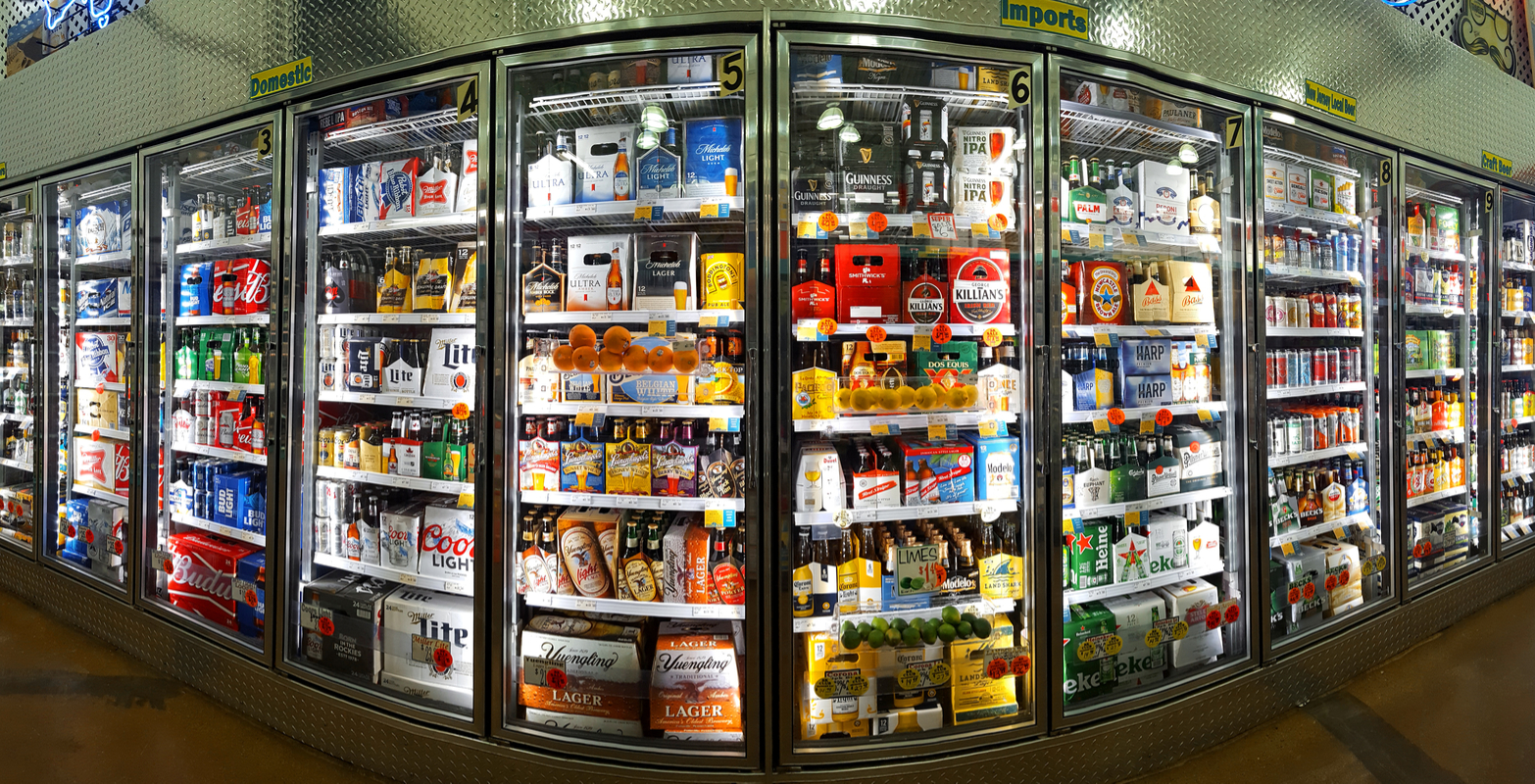Despite a booming U.S. economy, brick-and-mortar retailers remain under intense pressure in 2018. Challenges from e-commerce and a tight employment market that’s put pressure on wages and availability of quality talent have combined to create a difficult environment for retail stores.
And in this environment they’re increasingly turning to their suppliers for help.
Since its inception, MillerCoors has put its stake in the ground on customer service and a consistent, retailer-focused strategy of growing the size and value of a retailer’s beer category.
And going back to 2010 it has been recognized by multiple surveys as a top performer among alcohol beverage suppliers in the eyes of retailers.
In the latest instance, MillerCoors this year took home the No. 1 spot among alcohol beverage companies on an annual performance survey conducted by Advantage Report USA, which polls retailers on their experiences with vendors. Among the suppliers ranked are many of the largest beer, wine and spirits companies that conduct business in the United States. Including the largest food and beverage companies outside alcohol, MillerCoors pulled in second overall, behind only Procter & Gamble.
To discuss the results, we caught up with Marc Hubbard, vice president of client services USA for Advantage Report, who led the study. His answers are condensed and edited.
Q: What were your big takeaways from this year’s report? And what do retailers value most when dealing with suppliers?
A: What we saw that was interesting this year was how important building trust is. Retailers tell us it’s the No. 1 driver of performance and the most important thing suppliers can do worldwide. Building trust is the absolute foundation of the relationship between a supplier and a retailer. And that takes time, effort and constant communication. If they don’t trust you, they can’t work with you.
Some other behaviors that are important are being responsive and proactive in communications. It’s amazing how many retailers complain about suppliers not being responsive. You can’t wait two days to respond to them. This is still a people business, and in order to win those jump balls, you’ve got to become the supplier (that retailers) trust the most.
Q: MillerCoors performed well again in this year’s survey. What stood out to you about the company’s performance?
A: (MillerCoors) did well on a lot of things. Whether you’re an alcohol company or a food supplier, to rank on top of these lists, you’ve got to be good at everything, and you’ve got to do well in all important channels. The best marketers in the world are useless if you can’t actually deliver product.
MillerCoors ranked No. 1 in nine of the questions we asked. You were winning in the areas that really mattered to your customers, including building trust (and) being responsive.
Q: We’re seeing lines continue to blur between channels. Grocery stores are stocking more grab-and-go meals; Target and Walmart have become grocery stores. The dollar channel is growing like mad, presumably taking some trips that once went to convenience stores. What’s going on here?
A: You can see the future of U.S. retail by looking at the U.K. five, 10 years ago. It’s all about smaller store formats, so consumers can have a quicker in-and-out. You’ll see more click-and-collect. More grocers with gas stations on site. More direct-to-home delivery. This was all done in the U.K. and Europe a few years back, but it’s still relatively new in the U.S.
There’s channel shifting going on. More people are buying lunch in the supermarket. More consumers are shifting everyday purchases online, and smaller-format retail is the (result) and it’s expected to continue.
Q: Sounds like we’re going to continue to see some significant disruption over the next few years. What’s the future look like?
A: First off, e-commerce is going to continue to grow. Nielsen predicts by 2023 that e-commerce grocery sales will double. But even though that channel is only going to accelerate, it will still account for less than 10 percent of total sales. That means 90 percent of the business is still going to be somewhere else. So while it’s something everyone is thinking about, there’s a lot of other things to worry about that will clearly move the needle.
Another issue: A lot of America is getting left behind. That’s not a political statement, it’s a reality. There’s a class of us with plenty of money, who won’t hesitate to spend $10 for the convenience of having something shipped to our doorsteps. And there’s a growing working class that doesn’t have a lot of money, and most of their needs are dictated by price and value. That means the value channel will continue to grow to service the needs of millions of Americans not based in and around cities who can’t pay extra costs associated with e-commerce.
Q: Bottom line: Retailers are under tremendous pressure, a trend that is not going away. Can you lay out what suppliers need to know about their situation and how they can help?
A: There’s no doubt it’s very dynamic. There’s a lot of change and plenty of opportunity. It’s really about channel shifting, and right now Amazon is winning. They’re not winning because they’re growing the industry; they’re growing because they’re taking share from someone else.
Retailers are looking for what they can do to win — how to differentiate themselves, a way to make them stand out. Suppliers need to be able to deliver what they say they’ll deliver, and if not, they need to communicate that clearly and sooner rather than later.

